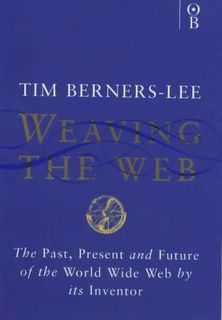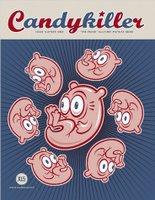Resolutions
I have resolutions, not for the new year as new year is never motivation alone to do something. But since it is the time for having them I shall update and share mine.
- Get my website live - it's nearly there, no more excuses.
- Get the garden looking nice - more fun than not.
- Get creative - I've spent a year or more trying to educate about usability and standards. I'm not abandoning these principles, but I need to get back to the grassroots of what I'm good at and start creating some shit hot design again.
- Get a team together at work. I'm currently the only designer at Talis. Although I'm not the only creatve, I am the only one with a visual slant, so my mission this year is to build a virtual team from any visual artists recruited within the company.
- Get driving - stop being a wuss and get on the road (once the car is fixed)







